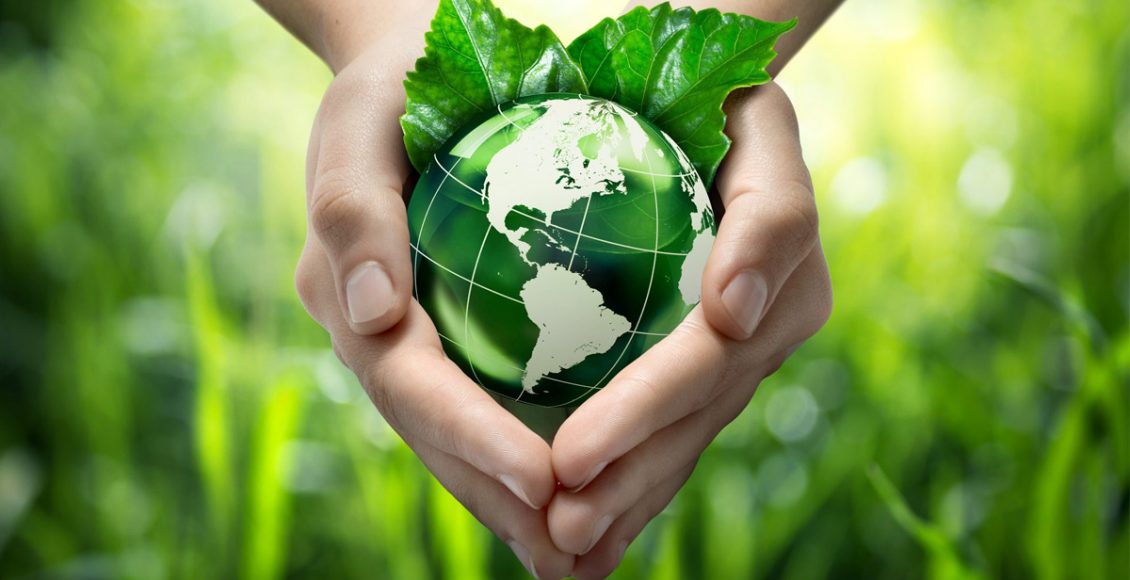
Transition towards Energy-Smart Production Systems in Agriculture
In India, of the total electricity consumption in 2019-20, the share of agriculture was 17.67%[1], agricultural production and processing being the most energy-intensive activities. Therefore the need to optimize energy use and utilize renewable sources of energy is very critical. The growth in energy use in the agricultural sector is not as high as the other energy-intensive sectors[2]. Still, there has been a shift in energy use structure and is powered through mechanization and energy-intensive inputs. Additionally, the regional difference in energy use, in Indian agriculture is also prevalent due to the varying extent of mechanization, input use and development of irrigation infrastructure like canals in different states. Globally, the energy sector has encountered conflicting objectives of ensuring energy security and a sustainable future for all. The energy from renewable sources reduces the environmental effects and, generates fewer secondary wastes. One such resource is solar-powered solutions for input use, irrigation, and post-harvest operations.
As energy use intensifies in agriculture due to increasing mechanization, protected cultivation and several other modern practices and, sustainability becomes a critical factor. The type of energy used in the agri-food chain and the way it is used determines whether our food systems can meet future food security goals and support broader development objectives in an environmentally sustainable manner. Modernizing agri-food systems by increasing the use of fossil fuels is no longer an affordable option. The role of energy needs to thought again when considering options for improving food systems.
- Globally, the agri-food value chain consumes 30 % of the world’s available energy – with more than 70 % consumption beyond the farm gate, and
- The agri-food value chain produces about 20 % of the greenhouse gas emissions globally. More than 33% of the food produced is lost or wasted. With the food loss and waste, approximately 38 % of the energy consumed in the agri-food chain is also lost.
In India, the situation is improving in terms of the increased availability of energy resources, both fossil fuel and renewable energy sources. However, there is still a long way to go where the energy is available at on-farm and post-farm levels to ensure sustainability, optimize input usage and minimize food loss & waste. Few examples are solar-powered irrigation, solar-powered water pumps, protected cultivation practices, mechanization of sowing, input applications, harvest and post-harvest operations. The increasing use of solar-powered commodity storage solutions is also an example of sustainable energy utilization.
Bioenergy (from biomass), solar, wind, hydro and geothermal are other energy sources that can be used in agri-food systems to substitute fossil fuels. There is a need for sustainable interaction between agriculture and energy that increases the energy-use efficiency in agriculture and helps transition to renewable energy sources without compromising agricultural production.
Renewable technologies supplement several energy requirements of the agri-food sector, from water pumping, threshing, storage, transportation etc. Such usage of renewable sources of energy may help states to remove subsidies on power. These technologies lead to better energy security in agriculture through increased diversity of energy sources and reduced environmental impact. The potential of agricultural involvement in the production through the production of biomass (corn, Jatropha, sugarcane etc.) and consumption of solar, wind, geothermal, and biomass energy is significant. Several commercial technologies are available to harness these resources, and with appropriate financial and policy level support, other technologies could be brought to market. It is a “back-to-the-future” scenario that ensures more self-sufficient farms.
As a producer and consumer of energy, the role of the agriculture sector is more complicated. For India, increasing the availability of renewable energy resources in rural areas will be critical to ensuring food security and sustainability. Though India is adding to its solar energy capacity at a break-neck speed, there is a need to link this capacity for agricultural use in rural areas, especially the smallholder farmers and stakeholders in the agri-food value chain[3].
[1] Energy Statistics 2021. National Statistical Office. Ministry of Statistics and Programme Implementation. Government of India
[2] TERI, Energy efficiency potential in India, The Energy and Resources Institute, New Delhi, 2018; https://www.energyforum.in/
[3] Renewable energy industry in India. https://www.ibef.org/industry/renewable-energy.aspx
Author:

AVP in Life Sciences Advisory Group
 Grow Beyond
Grow Beyond 

